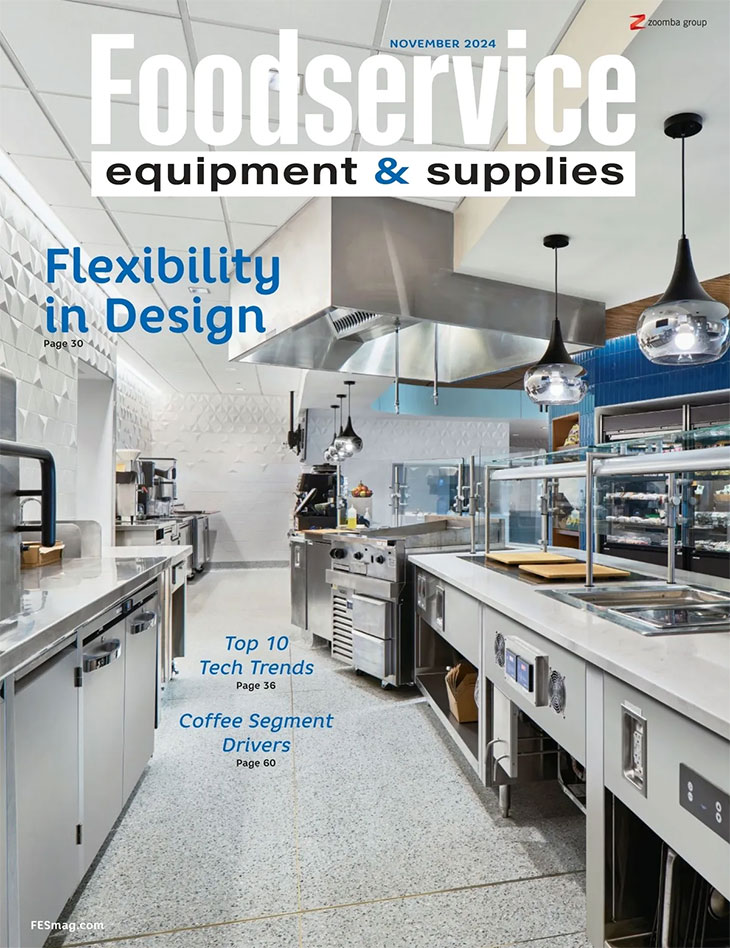Walk-in refrigeration is popular for operations that require a large space for cold food storage. Although they are generally simple pieces of equipment, foodservice operators should consider a number of factors when purchasing a walk-in cooler.
Walk-ins are suitable for a variety of foodservice operator segments, from traditional bars and restaurants to institutional applications like schools, hospitals and prisons. Along with fresh produce and raw meat, operators can use walk-in coolers to store beer, wine and dairy items. High-end restaurants may designate separate walk-ins for different meats that have diverse temperature requirements.
Glass door or open-air display cases house refrigerated or frozen products, including beverages, ice cream, sandwiches, salads and other grab-and-go foods. Operators can position these units as endcaps in a retail setting or group them for a point-of-sale opportunity.
When deciding on a refrigerated display case, operators should determine the type of application to decide if a refrigerator, freezer or open-air merchandiser is most appropriate.
Proper care and maintenance play crucial roles in keeping refrigerated display cases operating at optimal efficiency. The typical service life for these units is about 7 to 12 years.
Foodservice operators often use undercounter refrigeration units as supplemental storage solutions for the front of the house or in the kitchen as part of a prep station. This versatile equipment can help operations conserve space.
Related Articles
-
What to Consider When Purchasing Undercounter Refrigeration
Read FeatureUndercounter and underbar refrigeration serve as supplemental storage solutions for the front of house or in the kitchen as part of a prep station. Timothy A. Barker, founder of Table & Bar Consulting Group in Memphis, Tenn., provides information on what to consider when purchasing undercounter refrigeration.
-
What to Consider When Purchasing Underbar Equipment
Read FeatureSteve Waltz, senior associate/project manager at Cini-Little International, Inc., based in Washington, D.C., discusses the important factors to consider when choosing underbar equipment.











